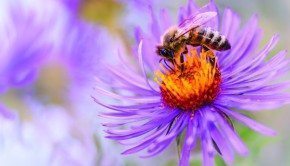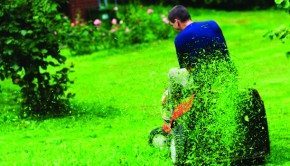Killing Fields
Neonicotinoid Pesticides Threaten Birds and Insects, Too
Controversial neonicotinoid pesticides linked to catastrophic honeybee declines in North America and Europe may also kill other creatures, posing ecological threats even graver than feared, according to a new report by the American Bird Conservancy. It claims that dangers to birds and stream-dwelling and soil-dwelling insects accidentally exposed to the chemicals have been underestimated by regulators and downplayed by industry.
“The environmental persistence of the neonicotinoids, their propensity for runoff and for groundwater infiltration and their cumulative and largely irreversible mode of action in invertebrates raise environmental concerns that go well beyond bees,” according to the report co-authors, pesticide policy expert Cynthia Palmer and pesticide toxicologist Pierre Mineau, Ph.D., who both work for the nonprofit. They note that the U.S. Environmental Protection Agency typically sets guidelines for bird exposures using laboratory tests on just two species, which ignores widely varying sensitivities among hundreds of other species.
Scott Black, executive director of the Xerces Society, an invertebrate conservation group, says that integrated pest management (IPM), which combines precisely targeted chemical use with other, non-chemical means of pest control, can deliver industrial-scale yields in an environmentally sustainable way. To the detriment of wildlife, “[Our nation] has moved away from IPM, from scouting a farm, putting in habitat for beneficial insects and spraying only if there’s damage,” he warns. “With neonicotinoids, they don’t do that anymore,” instead returning to indiscriminate blanket spraying.
Primary source: Tinyurl.com/ABCBirdReport
<












